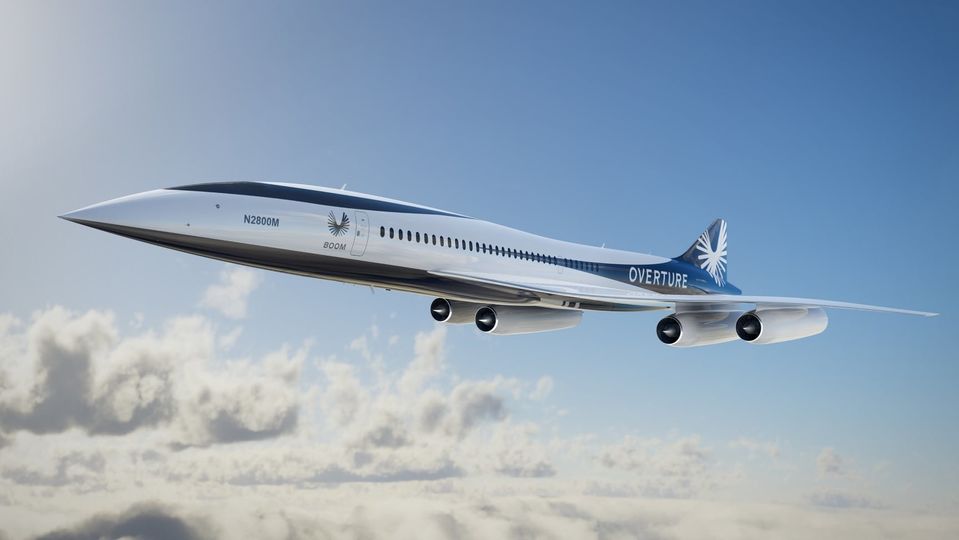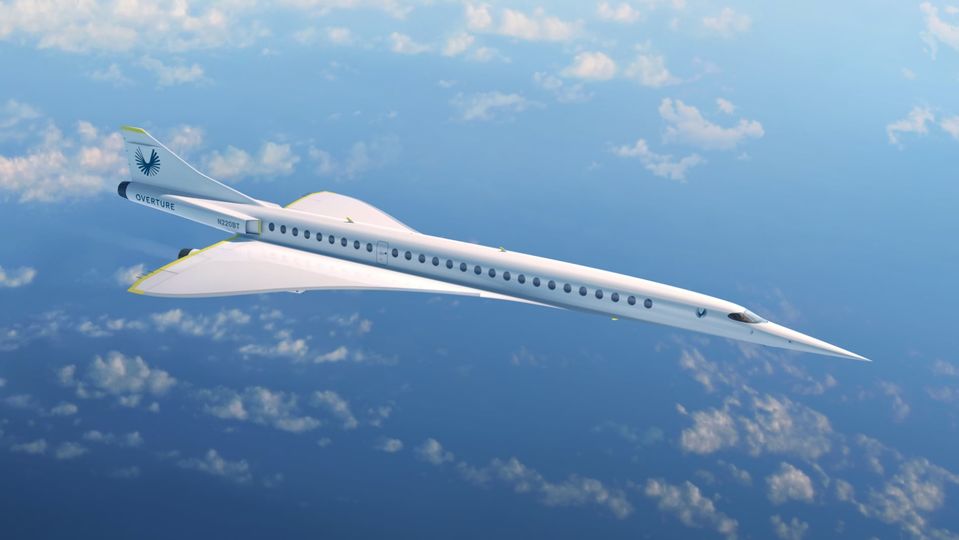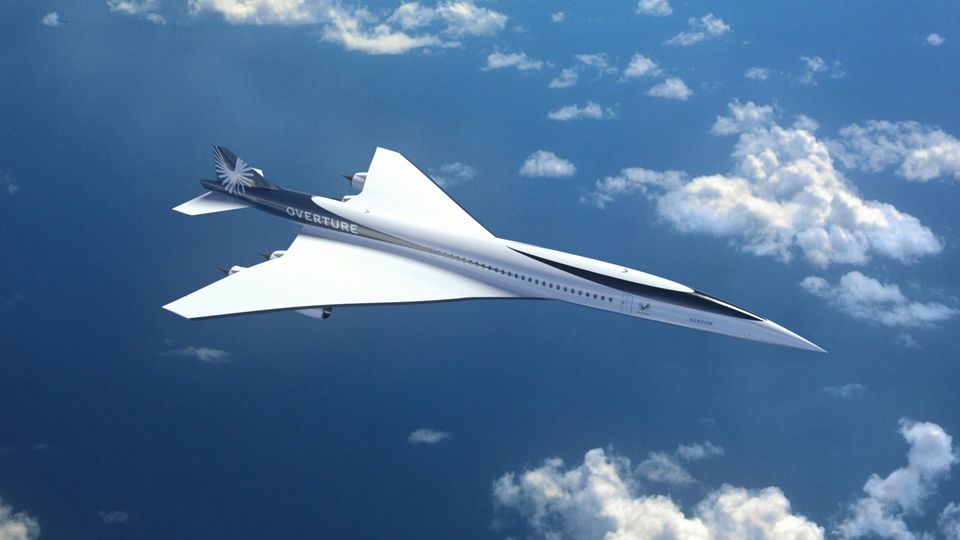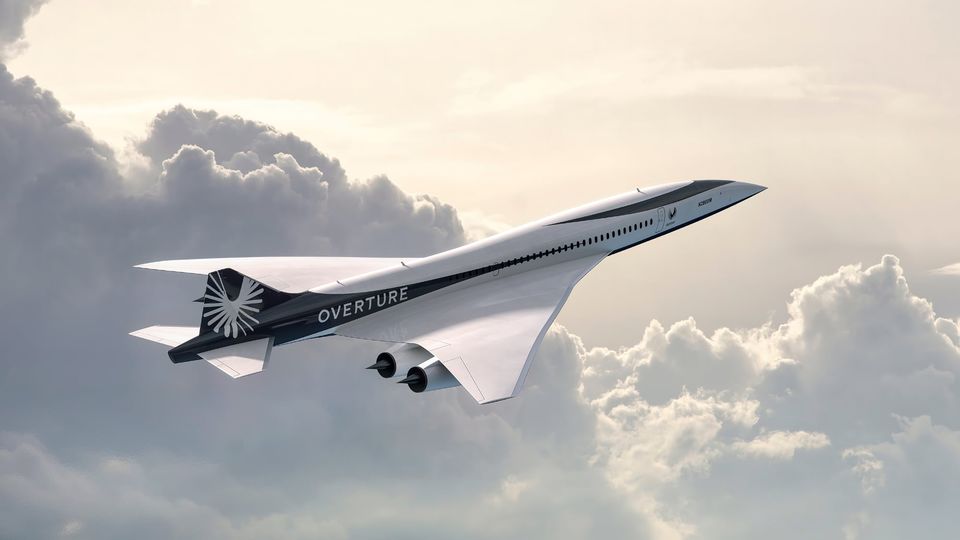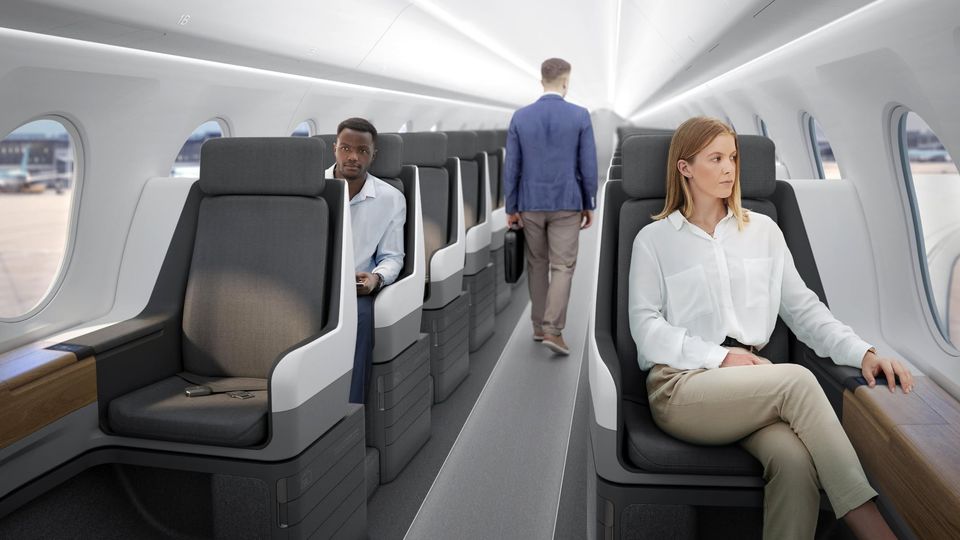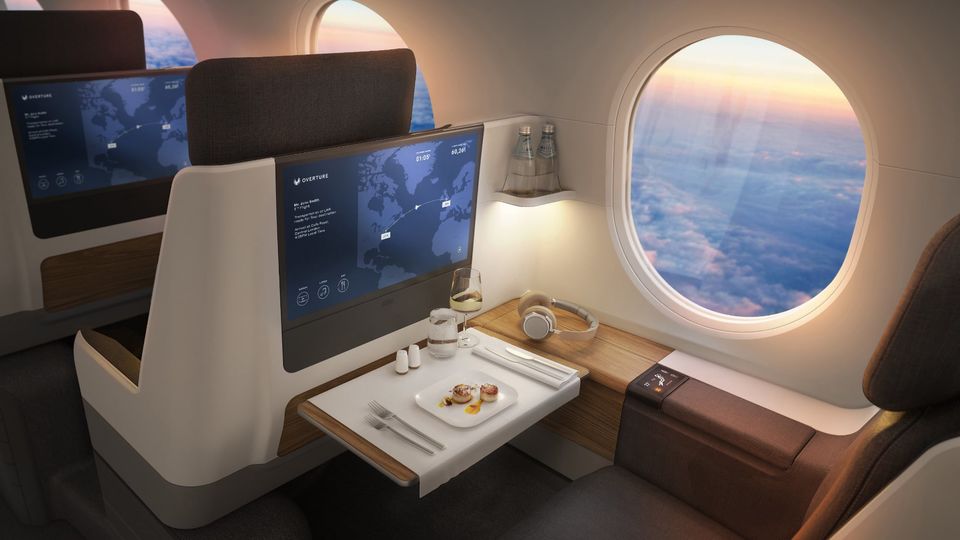Concorde 2.0: Boom Overture reveals the new shape of supersonic flight
Travellers could be setting off on this next-gen supersonic jet by the end of this decade.
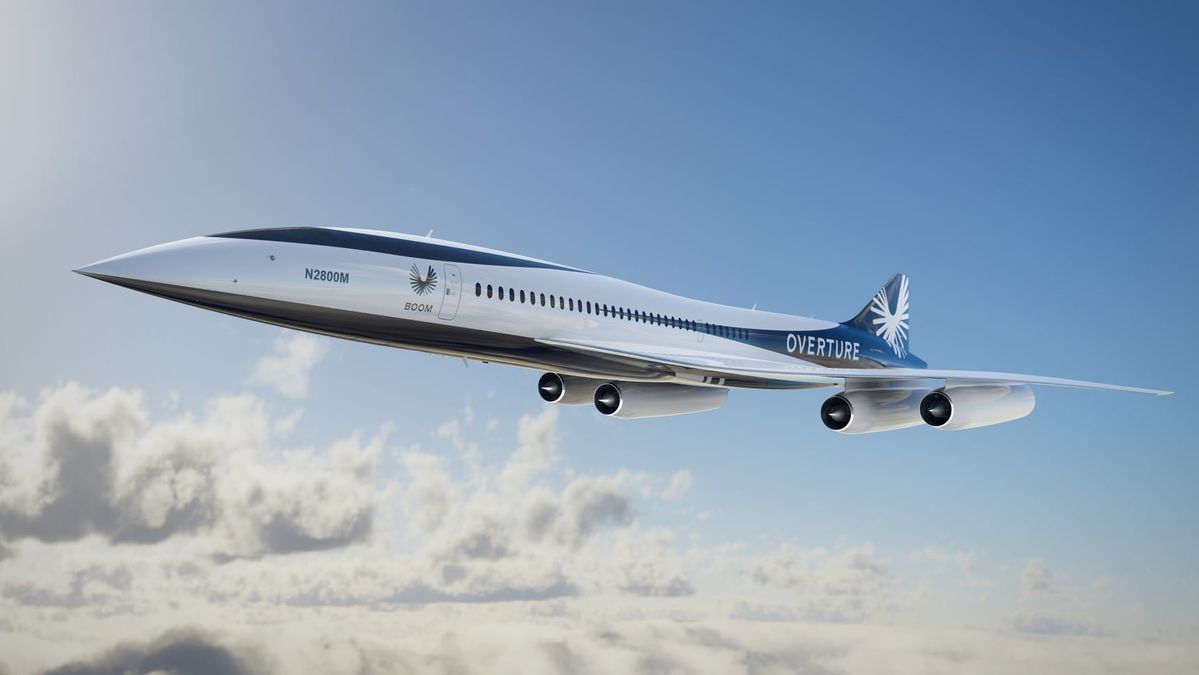
Four mighty engines strapped under swept-back ‘gull wings’ and a design that’s at once retro and futuristic: this is the new shape of supersonic flying, according to ambitious US startup Boom Supersonic.
The company’s Overture jet, which is expected to scythe through the skies at a cruising speed of Mach 1.7, is intended as the spiritual successor to the Concorde, with test flights from 2026 and commercial flights by the likes of JAL, United Airlines and Virgin Atlantic from 2029.
However, the Overture has cast off its initial Concorde-like form for a radical new look which Boom Supersonic founder and CEO Blake Scholl says is the result of extensive simulations in the five years since the Overture was first visualised.
“Since then, we have done more than 26 million core hours of simulation, iterated to over fifty design cycles, and confirmed our design with five wind tunnel tests.”
“There wasn’t something wrong with the original Overture, but we learned so much over the years that we wanted to improve the configuration on speed, safety, and sustainability.”
The reimagined Overture swaps a full delta wing for a swept and contoured ‘gull wing’ with blunted tips, which Scholl claims to be 20% percent more efficient while also reduces supersonic noise.
Four powerful engines – certified to run on 100% sustainable aviation fuels – are now slung beneath those wings, replacing the previous design’s combination of two under-wing engines and a third in the tail.
The more contoured fuselage reduces drag and has even had a nose job, with the long Concorde-inspired ‘needle nose’ shortened and somewhat blunted.
Inside, there’s space for 65 to 80 passengers, depending on how airlines wishes to configure the Overture.
There’ll be just one seat on either side of the aisle (unlike the Concorde’s cramped 2-2 layout) with ample space for working or relaxing – but the seats won’t become lie-flat beds, because the supersonic Overture won’t be spending nearly as long in the air as conventional jets.
Its 7800km range spans non-stop routes such as Atlanta to London or Seattle to Tokyo, Boom cites – putting any of Australia’s east coast capitals within easy non-stop reach of Singapore in a sub-4hr supersonic sprint.
Boom says the Overture will fly at subsonic speeds across land and near coasts, so people on the ground will not be exposed to sonic booms, but once over the ocean it will be cruise at supersonic speeds at 60,000 feet.
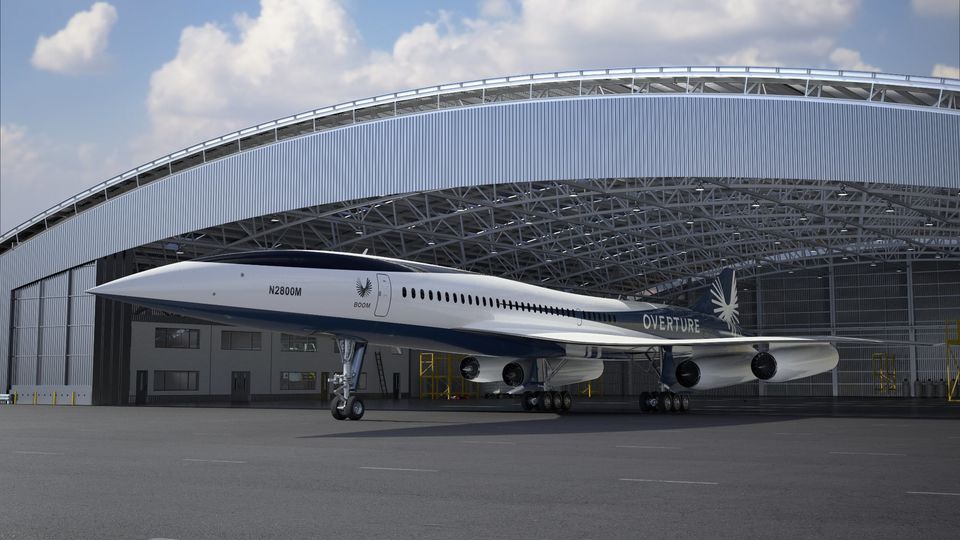
“When we fly twice as fast, cities rarely visited become major travel destinations,” the company states.
“We can attend meetings in far-off places and return for evenings with loved ones. We believe in a world where more people can go to more places more often.”
As to how much your supersonic ticket will cost, Boom’s goal remains to offer fares comparable to today’s business class pricing.
